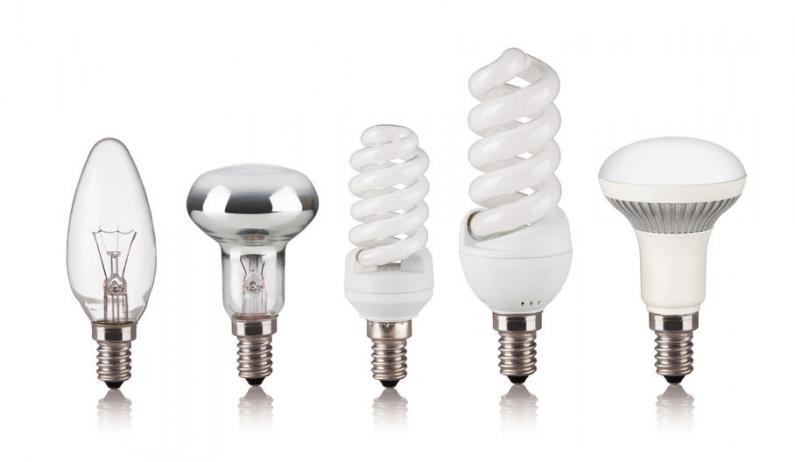
The traditional light bulb, known as the incandescent, is rapidly becoming a thing of the past. And we spend much of our time extolling the virtues of the LED as its rightful successor. But what about other options? Are there any competitors to the LED and how do they compare? We might consider halogen or CFL as alternatives but how do you decide?
LED = Light emitting diode
CFL = compact fluorescent light
Halogen = filament in halogen glass
The LED is known for its robust, energy efficient and versatile offering. In terms of its functionality we've had to get out head around the fact that we don't work in watts any more but lumen instead. Lumen is a measure of the amount of light emitted from a bulb and it takes a whole lot more energy for a traditional bulb to create the same amount of light as an LED. That was one of the reasons that the shift away from incandescent light was so easy to make.
Comparing other types of bulb to the LED, they mostly cost less to buy but consume more energy (so are more expensive to run). They also have a shorter life-span.
Halogens
Halogens fare slightly better but still don't compare to the efficiency and lifespan of an LED. Their construct means they are able to burn hotter than an incandescent but still use less energy than an incandescent - around 20-30% less compared to 90% of the LED. Even the CFL uses 60-80% less energy than the incandescent so halogen isn't really a viable alternative in terms of energy saving.
Why would you consider a halogen bulb?
• They offer the closest style of bulb and light coverage as a traditional incandescent
• They're ideal for situations where the light is used infrequently and needs to be on instantly (no warm up time required)
• They can be dimmed if necessary
• Halogens offer the highest level of true colour (CRI) if that is important to you or your project - an art gallery or food situation as examples.
If you miss your incandescent bulbs, halogen is a good alternative. Overall though they don't offer great value for money, life-span or energy savings. The LED beats it hands down unless you are more interested in light quality but then again, the LED performs well here too.
CFLs
In short, a CFL is a bulb size version of the old-fashioned, harsh fluorescent lighting so reminiscent of terribly lit kitchens and offices over the years. However they have come of age and, whilst still not as energy efficient as the LED, they have their place and offer quite a few benefits.
Why would you consider a CFL bulb?
• CFLs are much kinder on the eye than old school fluorescent and offer a better colour palette
• They come in lots of shapes and sizes so offer huge flexibility
• They use way less energy than traditional bulbs - up to 80% in fact
• They work best in an environment where they are left on for longer periods of time, they don't like being turned on and off regularly
• They are OK for outdoor use but must be protected from the elements
The main disadvantage is the toxic mercury content that is part of its manufacture - bad news if you have a broken light bulb or it hasn't been disposed of correctly. Other negatives include the facts that they aren't suitable for focused lighting and they aren't always successful if they need to be dimmed - you need to choose the right fitting and bulb carefully to avoid a quick bulb burnout.
A bulb for every use
In summary we'd say that every fitting has a bulb that is perfect for its use, situation and requirements. You can introduce different bulb types for different functions if you are prepared to do the work to prepare and maintain a variety of fittings and bulb supplies. It all depends on how important some of the finer detail is to your business.
If you want to make an overall good and reliable choice, we'd still opt for the LED every time.
